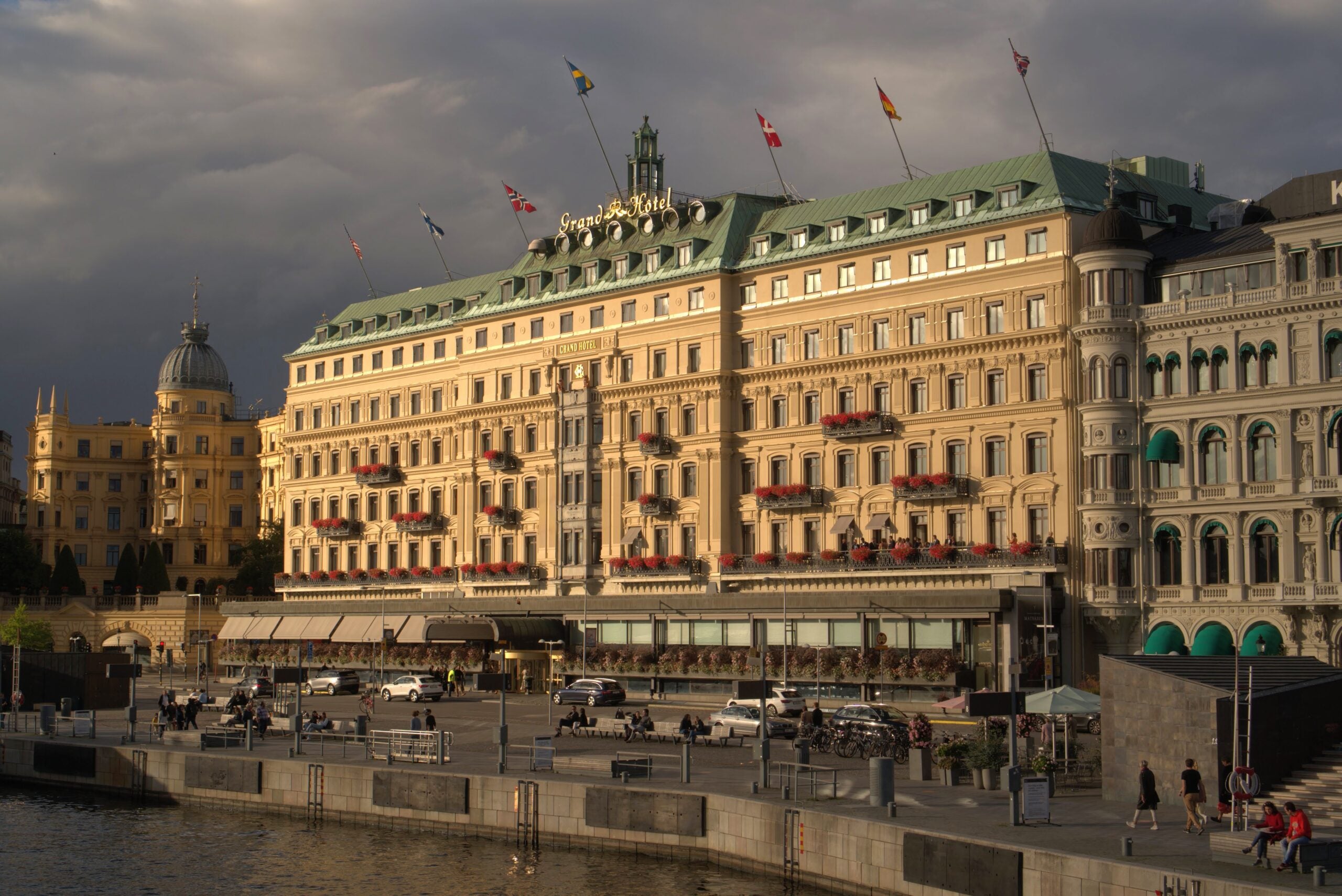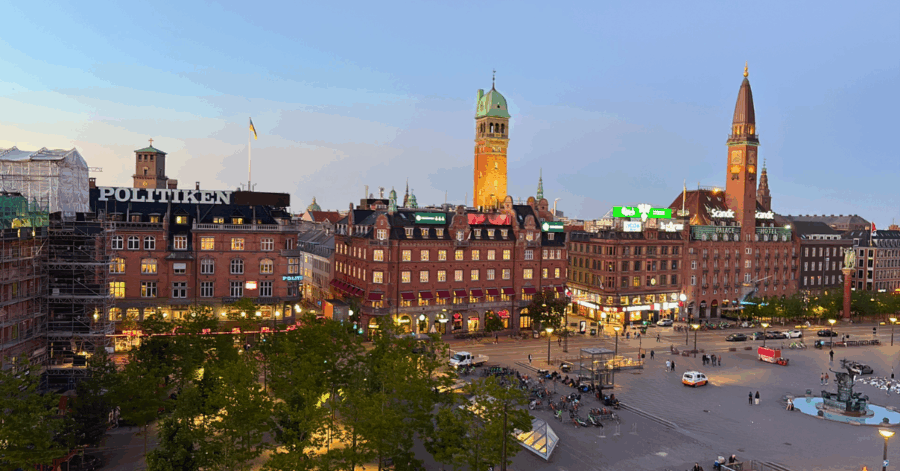This post was contributed by Kai Fleischman, a Global Ambassador for fall 2020. Kai is a Computer Science major studying abroad in Stockholm, Sweden. Read his first blog post. Stay tuned throughout the semester as Kai shares his experiences abroad!
Stockholm: Scandinavia’s Capital
For city dwellers, Stockholm does not disappoint. The architecture in Stockholm is captivating. Most buildings aren’t more than six stories tall, have an old construction and are iconically painted with bright pastel colors and a black roof. On every street there is history, with dozens of museums, grand palaces, and a Medieval town center in the oldest part of Stockholm (Gamla Stan.) Stockholm is keen on preserving its history yet is an incredibly modern city. The public transportation system is reliable and efficient. Easily you may access any part of the city, whether that be the luxurious shopping district in Östermalm, the scenic sea locality of Saltsjöbaden, or the massive Tyresta National Park. Transportation includes ferries, subways, buses, trams and above-ground commuter trains. Stockholm supports those preferring to bike, as well, with many trails and countless dedicated bike lanes. Wherever you may walk, you can bike just as easily as safely since sidewalks are commonly labeled with a side for pedestrians and a side for bicyclists.

Along with its modernity, Stockholm is international and global to a great extent. I was expecting to change my diet significantly in Stockholm, but groceries and restaurants support every taste imaginable, from Mexican and Lebanese cuisine to American fast food and Swedish national dishes. Exactly what I am used to eating at home I feel comfortable eating in Sweden, and this seems to be the case for many international students coming from all regions. I’ve even found a chain of Texas restaurants aptly named “Texas Longhorn.”
As for the etiquette of restaurants, tipping is nearly unheard of, and you never pay with cash. In fact, nothing is paid for with cash in Stockholm. All payments are digital, and if you ever need to pay a person directly, PayPal and other alternatives (most notably, Swish) are widely accepted. This is another way in which Stockholm rears its astonishing level of modernity.

Not only are transactions cashless in Stockholm, but the transactions themselves will leave you cashless. Prices seem to be higher for just about everything—restaurants, transportation, haircuts, groceries, clothes, household basics… Expect to pay at least $30 for a haircut (and to see many international students with uncut, unruly hair like myself), $10 for lunch—anywhere, even at the fast food spots—and $15 for dinner. On top of the extra expense, keeping track of how much you’ve spent is difficult because everything is listed in Sweden’s currency, the Krona. After spending a couple of weeks in Stockholm, you’ll look at your bank account with all of your purchases converted to USD, and you might feel like a fool.
I’ve come to cope with the reality of Stockholm’s prices, though, and learned to stop being salty paying $13 for a burger with a side of not-so-Texan-sized fries. This change comes from my realization that Sweden’s difference in governing and social welfare impacts prices immensely. On the one hand, you never tip for anything. This is because the Swedish wage standards for so-called “tipped workers” are different, allowing people in those kinds of occupations to not depend on tips. Additionally, taxes are much higher in Sweden and are automatically reflected in the prices of just about everything (there is usually no clear listing of the tax paid on a product.) These higher taxes mean a better standard of living, and this is very true for Stockholm —a beautiful utopia when compared to many cities in the world. While siphoning money on kebab, you get to enjoy a plethora of free parks, outdoor gyms, museums, libraries. Also rent is much cheaper here (than compared to living in West Campus) and textbooks are A LOT cheaper. There are many reasons to not get worked up about the cost of living.

For those who are still irked, consider that there are many ways in which you can save money in Stockholm. Some examples: buy a bike instead of paying for public transport (up to $90 a month.) Thrift your clothes, dishes and appliances, as thrifting and buying secondhand is a big part of the culture and is a major way to find everything you need for a great deal (seriously, if you want to save money then skip your trip to Ikea and hop over to the nearest thrift shop). Also, instead of going out, stay in and cook, play silly games, and stream a movie with friends. There are a lot of ways to have fun without spending too much; get creative with it.
Check out more from this article shared with me by my mom about how to save money shopping in Stockholm. It touches on similar topics mentioned in this post and aligns with my personal experiences in Stockholm.





